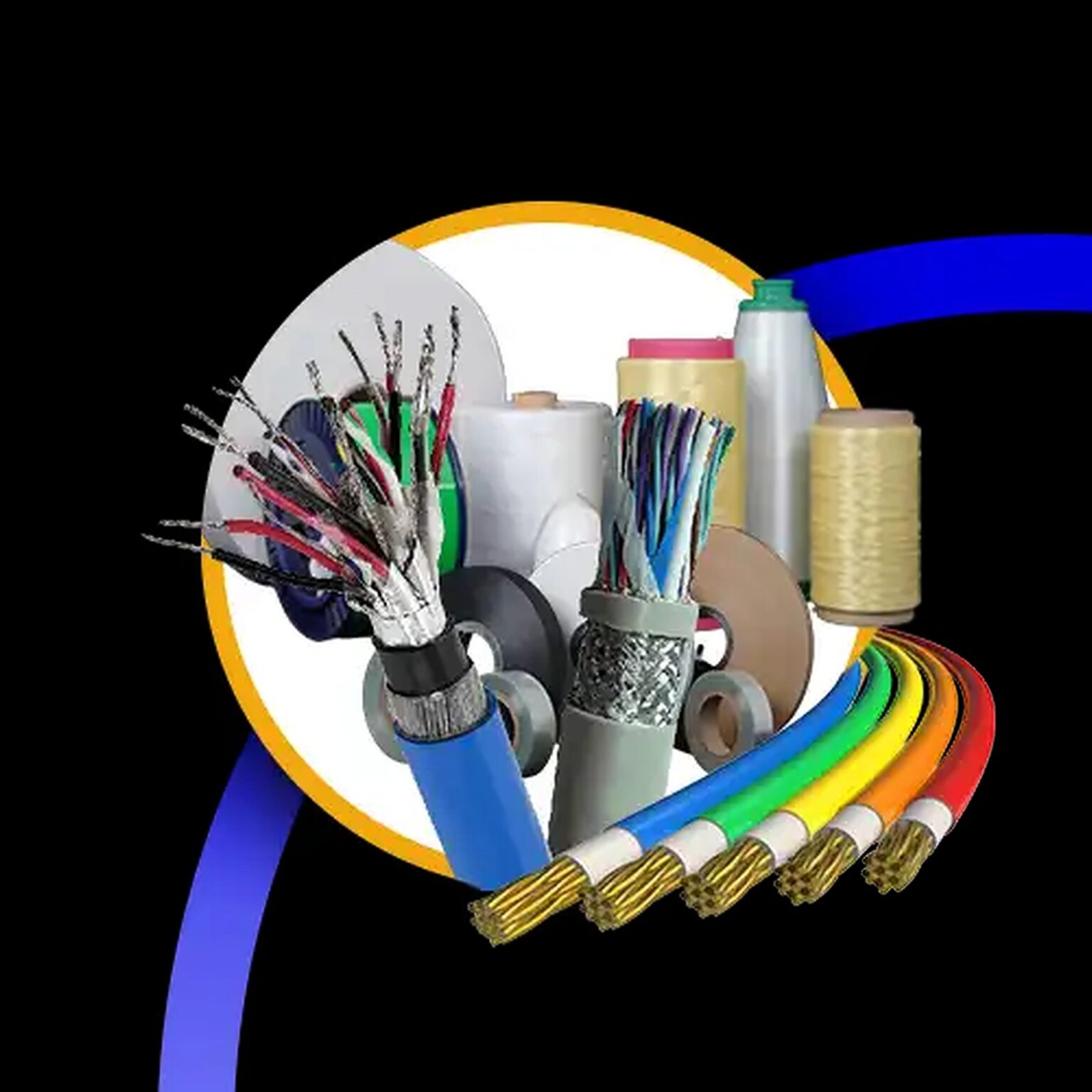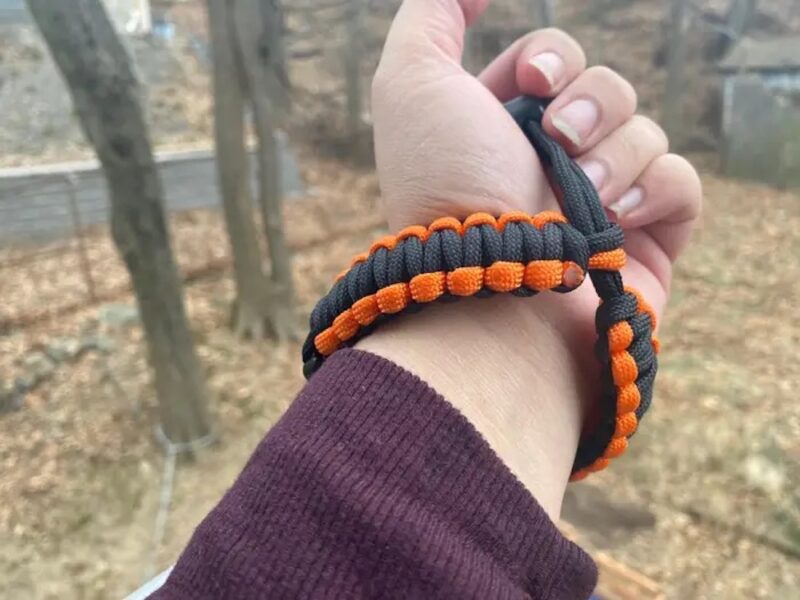
The Strength and Versatility of Polypropylene Rope and Polyester Yarn
Polypropylene rope, a sturdy and adaptable synthetic material, has become an essential tool across a wide range of industries due to its exceptional strength, durability, and versatility. This article delves into the various applications, advantages, and characteristics of polypropylene rope, exploring its uses in both everyday scenarios and specialized industries.
Introduction
Polypropylene rope, often referred to simply as “PP rope,” is a type of synthetic rope made from polypropylene fibers. These fibers are derived from the polymerization of propylene gas, resulting in a strong, lightweight, and moisture-resistant material. One of the primary manufacturers of polypropylene ropes is OWCable, a trusted brand known for its quality products.

Applications of Polypropylene Rope
(Polypropylene Rope in Marine Environments): One of the most common uses of polypropylene rope is in maritime applications. Its resistance to water and buoyancy make it an ideal choice for various marine tasks, such as docking, anchoring, and securing cargo. Additionally, its UV resistance helps it withstand prolonged exposure to sunlight, extending its lifespan.
(Construction and Industrial Settings): In construction and industrial sectors, polypropylene rope is valued for its high strength-to-weight ratio. It finds utility in activities like lifting, towing, and securing heavy objects. The material’s flexibility and resistance to abrasion contribute to its longevity even under demanding conditions.
(Agriculture and Outdoor Activities): Polypropylene rope is also widely used in agriculture, offering reliable solutions for activities like bundling, lashing, and support in plant cultivation. Its resistance to mildew and rot allows it to endure various weather conditions. Furthermore, the rope’s affordability makes it a popular choice for outdoor enthusiasts engaging in camping, hiking, and other recreational pursuits.

(Advantages of Polypropylene Rope)
Lightweight and Easy Handling: The lightweight nature of polypropylene rope eases its handling and transportation. This characteristic is especially beneficial for tasks requiring manual maneuvering, where heavy ropes could cause strain and fatigue.
(Floatation and Buoyancy): In aquatic settings, polypropylene rope’s buoyancy is a key feature. It remains afloat on water surfaces, ensuring ease of retrieval and minimizing the risk of entanglement with underwater obstacles.
(Chemical and Moisture Resistance): Polypropylene rope is inherently resistant to many chemicals, oils, and solvents. This property makes it suitable for applications in environments with potential exposure to corrosive substances. Additionally, its resistance to moisture prevents water absorption, reducing the risk of rot and maintaining the rope’s integrity.
Polypropylene Filler Rope: A Specialized Application
Polypropylene filler rope, also known as “PP filler rope,” serves a distinct purpose in various industries. It’s often employed in cable and wire installation processes to provide support, separation, and protection within conduit systems. OWCable’s PP filler rope product (available at [https://www.owcable.com/pp-filler-rope-product/]) offers high-quality solutions for these needs.
In cable laying applications, PP filler rope is used to:
(Maintain Cable Separation): When multiple cables are laid within a single conduit, using filler rope prevents interference and ensures optimal airflow, which helps manage temperature and reduce cable damage due to friction.
(Facilitate Cable Installation): The filler rope’s smooth surface minimizes friction between cables, making it easier to pull them through the conduit. This reduces the risk of cable insulation damage during installation.
(Enhance Cable Protection): By reducing the friction between cables and conduit walls, filler rope acts as a buffer, protecting cables from abrasion and potential wear.
(Control Conduit Space): In larger conduit systems, filler rope helps utilize the available space efficiently, preventing cable entanglement and ensuring ease of maintenance and future cable additions.

Polyester Binder Yarns: Strengthening the Core
Polyester yarns plays a crucial role in enhancing the overall performance and durability of various products, particularly those that involve weaving and stitching. OWCable’s polyester binder yarns (found at [https://www.owcable.com/polyester-binder-yarns-product/]) are designed to deliver exceptional strength and stability in applications ranging from textiles to industrial materials.
The key attributes of polyester yarns include:
(Tensile Strength): Polyester yarns are known for their high tensile strength, which makes them ideal for applications requiring durability and load-bearing capacity. This property is particularly valuable in products like fabrics, ropes, and geotextiles.
Resistance to Stretch: Polyester yarns exhibit minimal stretch even under significant loads. This characteristic ensures that products incorporating these yarns maintain their shape and structural integrity over time.
(Chemical and UV Resistance): Polyester binder yarns are resistant to various chemicals and UV radiation, enabling them to withstand exposure to harsh environments. This makes them suitable for outdoor applications, such as outdoor furniture, awnings, and sailcloth.
(Color Retention): Polyester yarns retain their color well, making them suitable for products where aesthetics are important, such as apparel and decorative textiles.

Conclusion
Polypropylene rope and polyester binder yarns are prime examples of synthetic materials that have revolutionized various industries. Their strength, versatility, and unique properties make them indispensable in applications ranging from marine environments to construction sites, agriculture, and beyond. OWCable‘s dedication to producing quality polypropylene rope and polyester binder yarns underscores their commitment to delivering innovative solutions for the modern world’s evolving needs. Whether it’s securing a ship’s mooring or reinforcing the core of a fabric, these materials continue to play an essential role in shaping the way we work and live.






